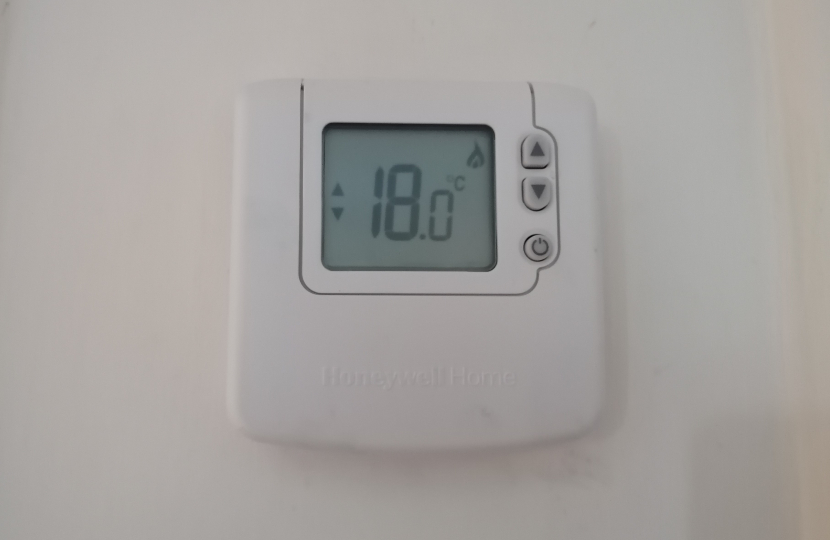
This article was written by Damian and published in this week's Herald and Petersfield Post:
"As temperatures dropped below freezing last week, reaching as low as -15 in some parts of Scotland, some will be reminded about The Big Freeze of 1963. The snow storms began in December 1962 and kept the country in an icy grip right through until March 1963.
The National Grid - which had been established in 1935 - saw disruptions across the entire network, with line gangs struggling to make repairs in such bad conditions.
This week’s arctic blast has been accompanied by very low wind, so a significant drop off in supply from wind turbines. It’s a reminder that, though our electricity generation mix has moved a great deal to renewable sources, we still need ‘diallable’ sources that you can turn up or down and are not reliant on wind, wave or sun.
A shortage of nuclear power supply from France has meant international wholesale price have reached a record high, and a wider shortage across the continent could also reduce availability.
In the old days coal was the key (and ‘diallable’) source. As part of our commitment to decarbonisation the move away from coal has been fundamental.
The UK was one of the first countries to commit to ending unabated coal generation, and the commitment for that target to be met by 2025 remains. For now, coal is still part of the portfolio of usable sources, but a very small one. Gas is part of that mix, too. Nuclear plays a really important part.
2020 was the UK’s highest year on record for renewable generation so far, with power provided from fossil fuels down to roughly 35 per cent in 2021 compared with over 75 per cent in 2010.
The question of energy security is also vital, particularly in light of Putin’s barbaric war in Ukraine, and the Demand Flexibility Service introduced earlier this year by the National Grid was part of the response to the issue.
The electricity system operator part of the National Grid is responsible for moving electricity around the country second by second to help ensure the right amount of electricity is where it’s needed.
The new Demand Flexibility Service piloted with 100,000 customers earlier this year enables consumers, as well as some industrial and commercial users to be incentivised for voluntarily flexing the time when they use their electricity.
So, for those with a smart meter and an energy supplier who is signed up to the scheme will be offered the opportunity to take part in 12 tests between the 1st November and the 31st March 2023.
Those who opt in will be asked to reduce their energy usage during a peak period – usually between 4pm and 7pm – and usually by not using energy-intensive appliances such as cookers, washing machines and dishwashers.
Whilst the increase in energy costs is undoubtedly encouraging all of us to reduce our consumption, it will be interesting to see how this innovative scheme develops, and the part it can play to help ensure reliable energy supplies going forward.
And of course, the Energy Bill that is being driven forward in Parliament, aims to generate greater energy independence and security for the UK, not only through the decision to back the Sizewell C nuclear development, but also the ambition to reduce energy demand by 15 per cent by 2030.
This is backed by a new £12 billion ECO+ insulation scheme and an expansion to the government’s public awareness campaign to help households cut back on energy waste.
At a local level, it is also good to see EHDC’s new ten-point plan to hit carbon zero, with action to help East Hampshire households and businesses to increase their energy efficiency."


